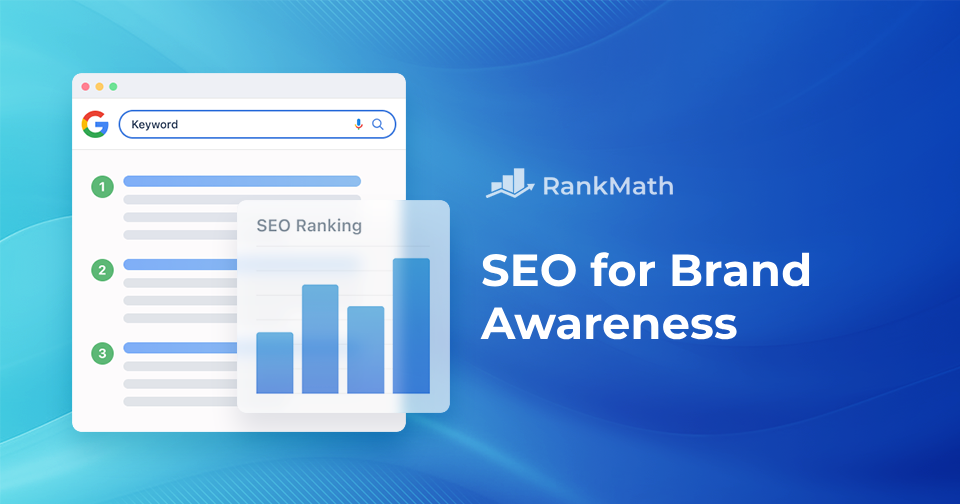
Google search algorithm updates are constant, and for enterprise brands, these changes can shake up visibility and rankings overnight. Google tweaks, tests, and sometimes overhauls its ranking systems regularly, always focused on delivering the best user experience. For digital marketers, this means staying alert to the shifts in how customers find and engage with brands online.
Understanding Google’s key updates—especially those affecting local search—gives you a roadmap for creating quality content and refining your local SEO strategy.
A brief history of Google Search algorithm updates
In 2023 alone, Google ran over 700,000 experiments and introduced more than 4,000 improvements to Search. It’s impossible to keep up with each change, however every shift has the potential to impact visibility, rankings, and the way customers engage with your brand.
The good news is that some of the most transformative updates over the years reveal the key priorities guiding Google’s algorithm. We’ll start with a few early game-changers:
- Florida (2003): This update cracked down on keyword stuffing, pushing businesses to focus on quality content instead of manipulative tactics.
- Caffeine (2010): A complete indexing overhaul that prioritized fresher, more relevant results. Regularly updated content began to rank higher.
- Panda (2011): With Panda, Google prioritized high-quality content and downranked spammy, low-value sites. Original, useful information became the key to SEO success.
The updates that reshaped local search
Google’s emphasis on local search has evolved, blending location relevance with broader SEO factors to shape local visibility. The following Google search updates changed the way local businesses were surfaced in the search engine results pages:
- Venice (2012): Venice was a game-changer, bringing location-based results into organic search and allowing local businesses to rank without a full local SEO strategy.
- Pigeon (2014): Pigeon aligned local SEO with Google’s general ranking signals, adding weight to domain authority and backlinks for local results. It also improved location accuracy.
- Possum (2016): Possum boosted search result variety by considering the user’s exact location. This update allowed businesses near a city’s border to rank for that city.
User-focused google Search algorithm updates in recent years
Google’s recent updates focus on understanding user intent and providing user-first content:
- BERT (2019): With BERT, Google advanced its ability to interpret conversational queries, making results more relevant.
- Page Experience (2021): This update introduced Core Web Vitals—page load speed, interactivity, and visual stability—as ranking factors, reinforcing the need for smooth user experiences.
- Helpful Content Update (2022): Designed to reward user-centric content, this update emphasized valuable, people-first information over SEO-driven content.
Other noteworthy Google Search algorithm updates
When considering other Google Search algorithm updates that have made a significant impact, it’s also important to highlight the following:
- Penguin (2012): This update targeted spammy backlinks, prioritizing natural, high-quality links in rankings.
- Mobile-Friendly Update (2015): Known as “Mobilegeddon,” this update boosted mobile-friendly sites in search results, shaping mobile SEO.
- RankBrain (2015): A machine-learning system that helped interpret complex search queries, providing more relevant results.
- Map Pack Update (2015): Google reduced its Map Pack from 7 to 3 listings, increasing competition for top local spots.
- Fred (2017): Targeted low-quality, ad-heavy sites, reinforcing a focus on user experience.
- Mobile-First Indexing (2018): Google began indexing mobile content first, improving rankings for mobile-optimized sites.
- Medic (2018): Known for impacting health-related sites, this core update prioritized expertise, authoritativeness, and trustworthiness (E-E-A-T).
- November 2021 Local Search Update: Rebalanced local ranking factors, enhancing accuracy in map and local pack results.
- December 2022 Link Spam Update: Targeted unnatural links, ensuring that only high-quality, organic links positively impact rankings.
- Openness Local Search Update (2023): Gave higher ranking to businesses marked “open” for non-navigational queries, improving relevance in real-time local searches.
- March 2024 Core Update: Incorporated the Helpful Content System, reducing low-value content by 40%.
Did you notice the common threads woven through Google’s most impactful updates? Over the years, Google has refined its search algorithm with some core priorities that consistently stand out:
Relevance
Google’s primary goal is to deliver results that best match what users are looking for—whether that’s through conversational search understanding with BERT, location-based relevance in the Map Pack, or prioritizing useful, people-first content.
Content quality
From Panda’s emphasis on value-rich content to the Helpful Content Update, Google has made it clear that sites with high-quality, original information will always have an edge.
User experience
Google now considers factors like mobile-friendliness, page load speed, and visual stability to measure how well sites meet users’ expectations. Core updates like the Page Experience update and Mobilegeddon highlight the value Google places on seamless, engaging user experiences.
Trust and authority
Updates like Penguin, Medic, and link spam improvements all demonstrate Google’s focus on authority. Google rewards content that demonstrates expertise and genuine credibility, while punishing manipulative tactics.
These themes—relevance, quality, experience, and trust—are Google’s guiding lights and have long been staples in how Google evaluates search engine rankings. Focusing on these elements puts your brand in the best possible position to adapt and thrive, staying front and center in search, with each algorithm update.
The impact of search updates on local SEO
Google’s Map Pack evolution has dramatically impacted local SEO. In 2015, the shift from a 7-Pack to a 3-Pack created greater competition for top local spots. Today’s 3-Pack displays user location, search history, and other dynamic factors to tailor local results.
To make the cut, your brand needs both solid local SEO and consistently accurate information across all directories and review sites.
Mobile search and proximity
As mobile searches surged, Google adapted its algorithms to prioritize results that are relevant and geographically close to the user. Proximity now plays a crucial role in local rankings, with updates like Possum fine-tuning Google’s location-based filters.
For brands, this means optimizing listings for mobile—clear contact details, location-based keywords, and mobile-friendly sites are essential to stay competitive.
Enhanced Map Pack features
The Map Pack now offers more than just names and addresses—today, users can see photos, reviews, business hours, and booking links directly in search. To stand out, keep your business listings accurate and engaging with high-quality photos, positive reviews, and up-to-**** information. Google also integrates local ads into the Map Pack, so combining organic SEO with paid placements can boost visibility.
How core and spam updates shape search strategies
Core updates are broad adjustments that impact rankings across many topics and industries. They refine Google’s approach to content quality, relevance, and credibility. Recent core updates have prioritized authority and user experience, reminding marketers to focus on content that truly serves users. For instance, the core updates in 2023 emphasized authority, relevance, and user experience.
With core updates, rankings can shift even if a site hasn’t done anything wrong; rather, Google’s algorithms are constantly improving how they assess content. To stay ahead, focus on producing genuinely helpful content that meets users’ needs.
Spam updates focus on preventing manipulation, penalizing sites with tactics like link schemes or cloaking. In 2022 and 2023, spam updates demoted websites using manipulative tactics, like low-quality backlinks or hidden text, which violate Google’s guidelines. These updates protect search integrity and reinforce the need for authentic, user-first content.
Staying compliant with Google’s guidelines ensures your rankings remain stable. Focus on natural link-building, avoid black hat tactics, and prioritize valuable, original content instead of tricks.
Best practices to stay ahead of Google updates
Keep your brand visible and ready for Google’s algorithm shifts with these key strategies:
- Stay informed: Keep up with Google’s announcements and SEO news to anticipate changes that could impact your search strategy.
- Develop a flexible SEO strategy: Rigid strategies can falter with each new update. Regularly review and adjust your SEO tactics to align with Google’s evolving priorities.
- Build a foundation with E-E-A-T: Showcase experience, expertise, authority, and trustworthiness in all content. Regularly refine these elements to align with Google’s ranking factors.
- Focus on user experience: Core Web Vitals make site speed and mobile usability essential. A smooth, engaging website not only improves rankings but also enhances user retention.
- Use data to predict and respond: Track search performance metrics—like impressions, clicks, and reviews—to see how updates impact your visibility. Advanced analytics can help identify patterns and guide proactive adjustments.
- Respond swiftly to algorithm changes: Google’s frequent updates call for agility. Regularly monitor performance data and make timely adjustments to protect rankings and sustain visibility.
Next steps for staying search-ready
Keeping up with Google’s search changes doesn’t have to be a guessing game. Data-driven tools like Rio SEO’s Local Experience platform give you the power to manage, track, and fine-tune your local SEO at scale, so you’re equipped with insights that drive real results.
Staying informed, adaptable, and customer-focused keeps your brand resilient, no matter what Google rolls out next. Use data and a proactive approach to protect your visibility and connect with customers, update by update.
Get the full story on Google’s search evolution and how to stay ahead. Our eBook breaks down the changes, challenges, and next steps, so your brand can keep leading the way in search.



